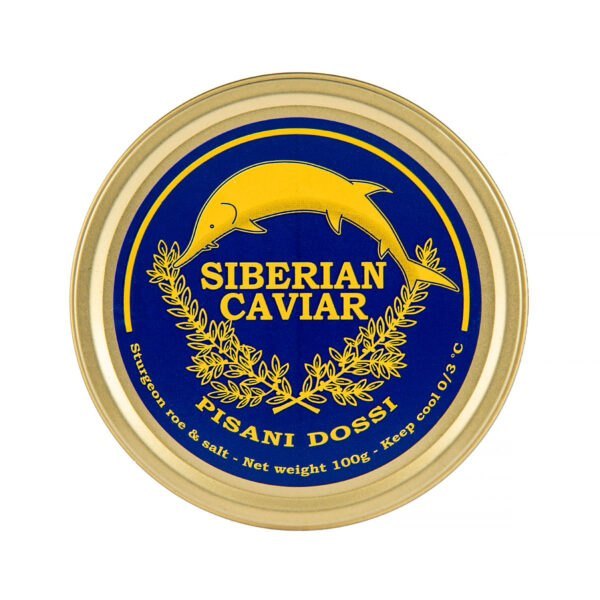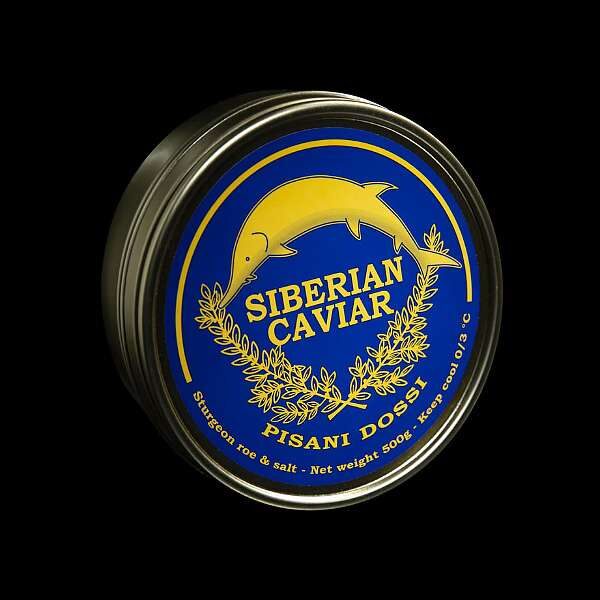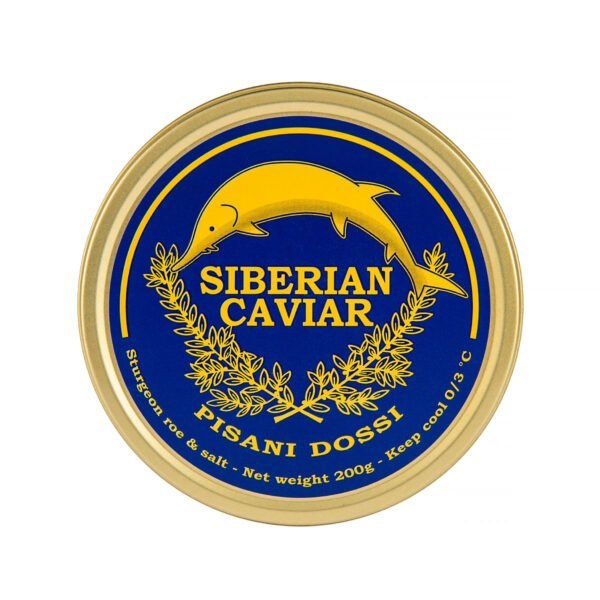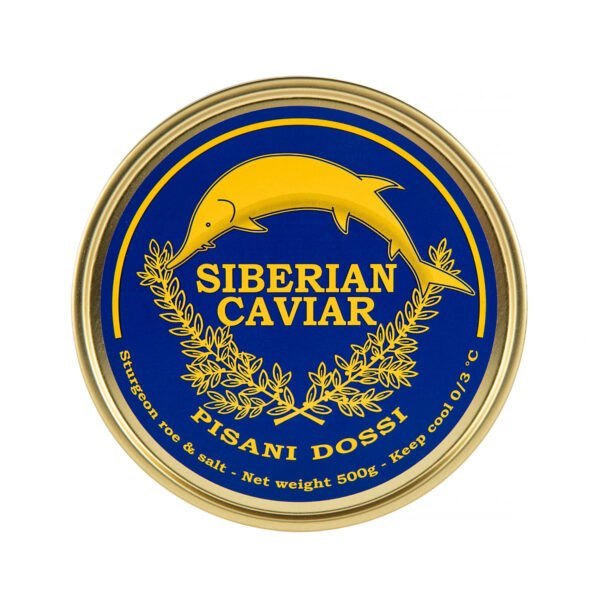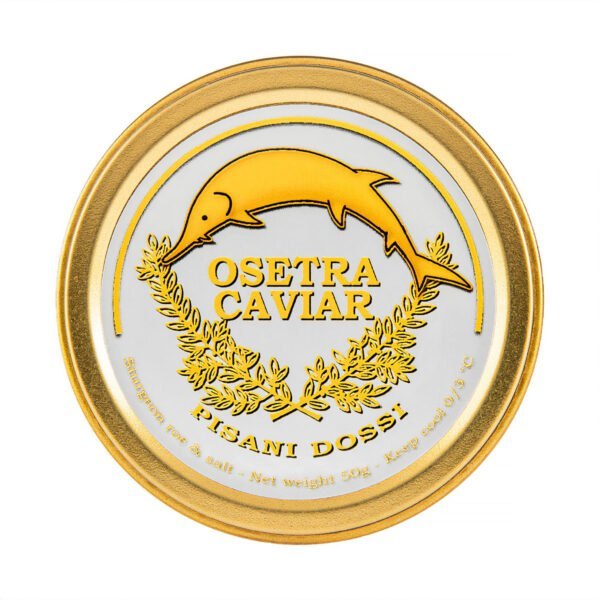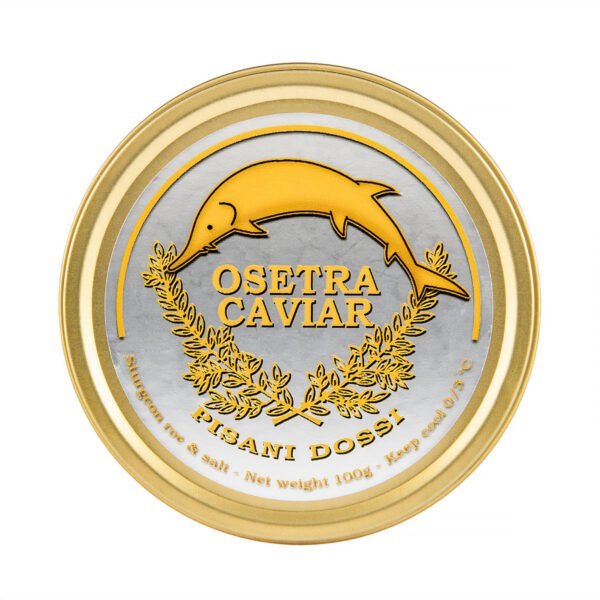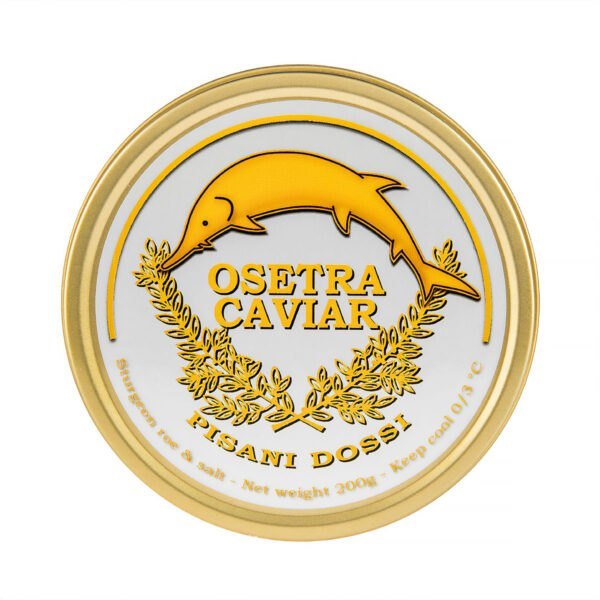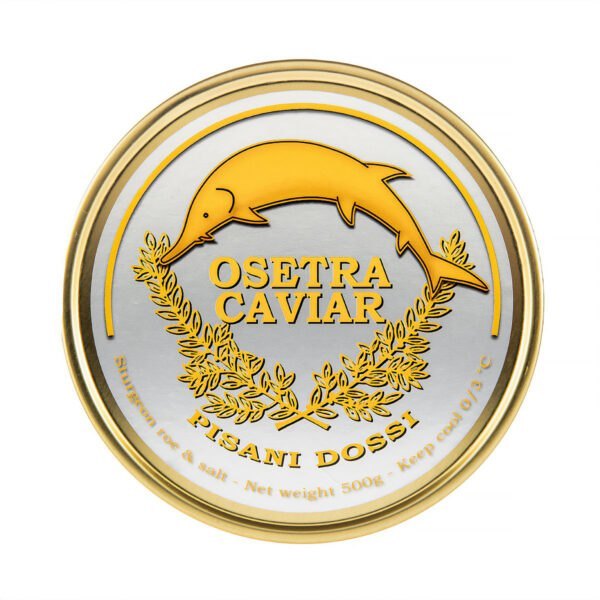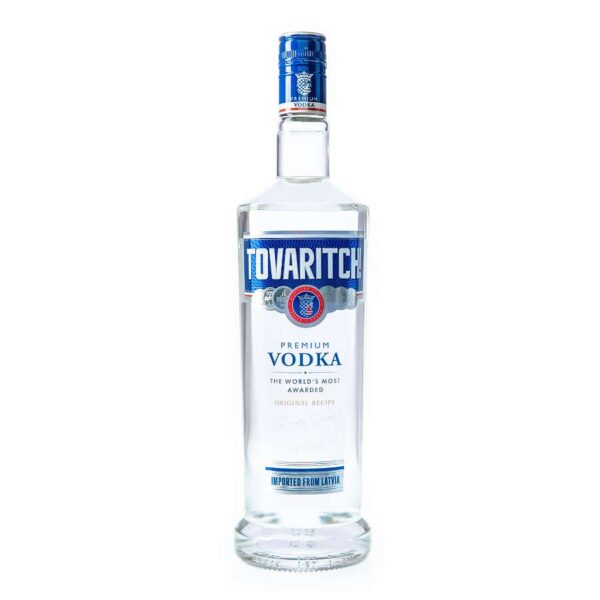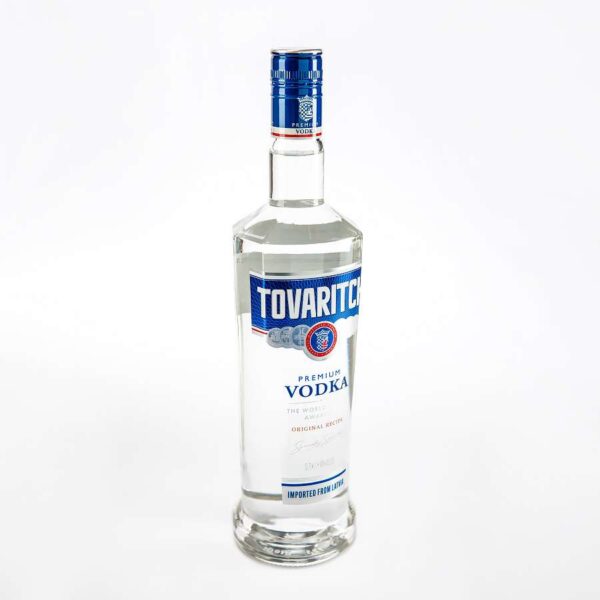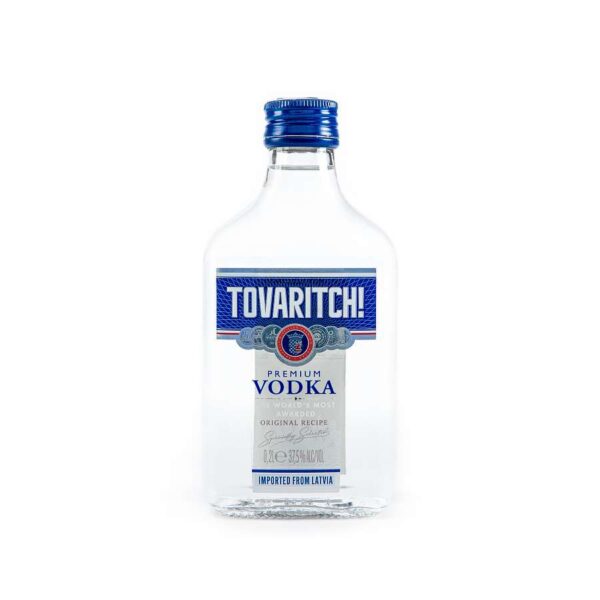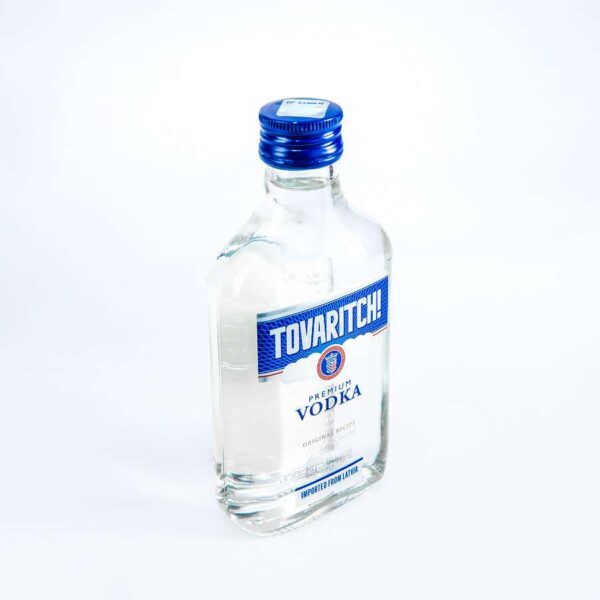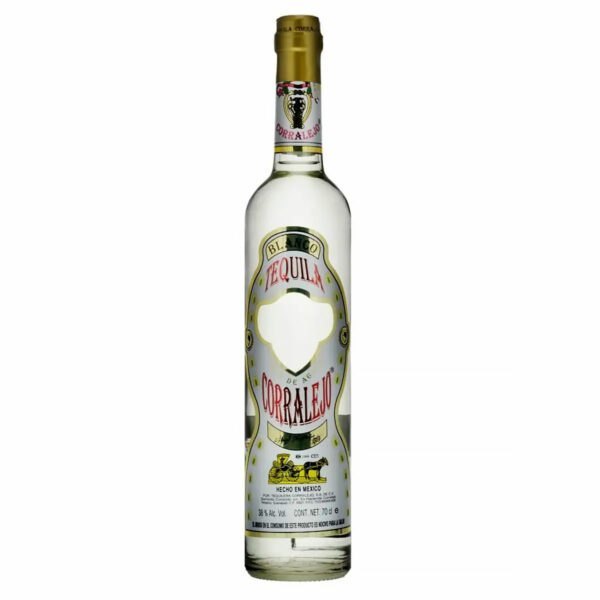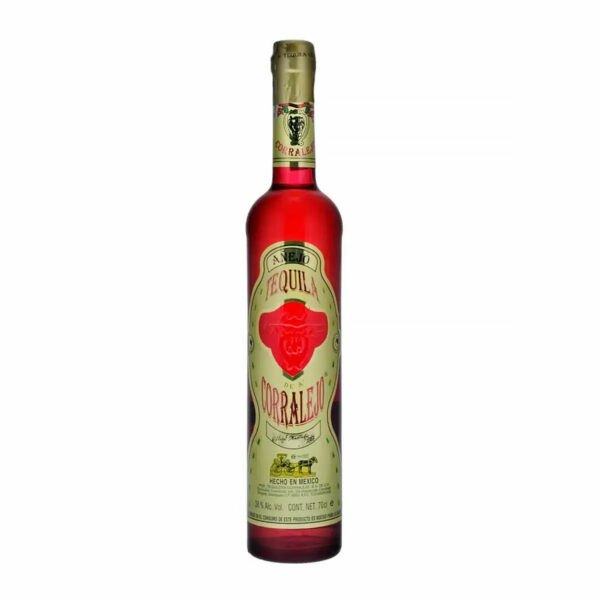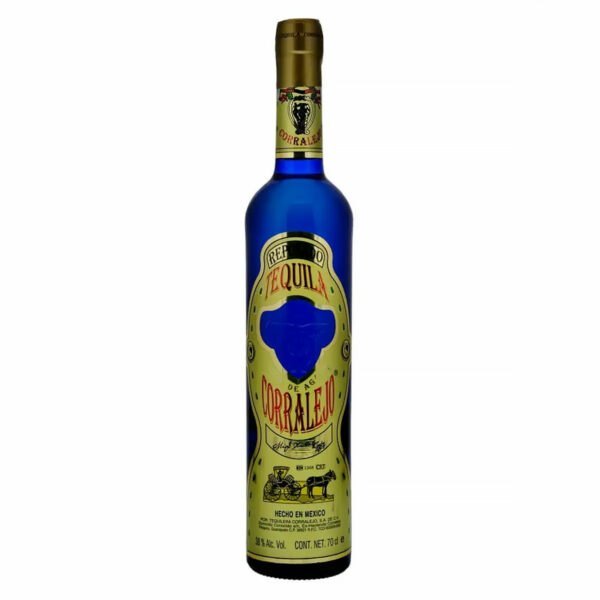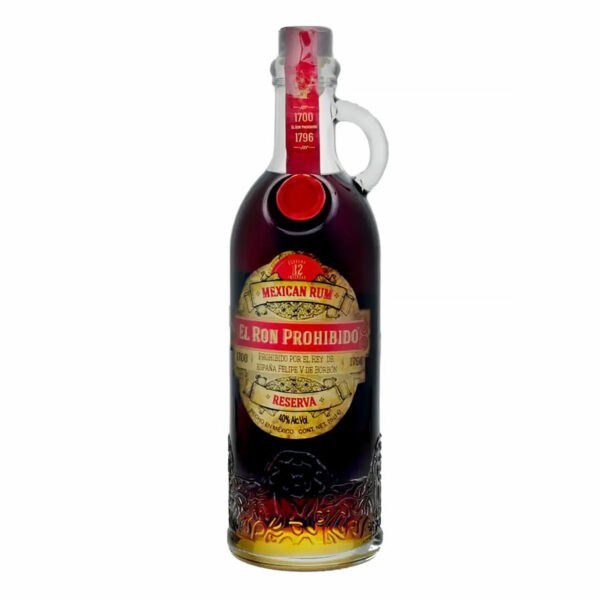Osetra black caviar stands among the most prized delicacies in the culinary world. Its commanding price reflects complex factors beyond simple luxury status. The answer lies in careful breeding, specialized water conditions, and time-honored production methods.
Italian caviar production has revolutionized this ancient delicacy through innovation. Modern techniques combined with traditional expertise create extraordinary quality. The high cost connects directly to these meticulous processes and environmental requirements.
The superior water source behind Italy’s liquid gold
Northern Italy’s pristine aquatic environment creates perfect conditions for premium caviar production. The region’s unique geography delivers exceptional water quality year-round. Natural springs and controlled water systems support healthy sturgeon growth.
Pure Alpine Waters
Italian caviar farms benefit from alpine spring water sources. These waters maintain consistent temperature and mineral content throughout seasons. The natural filtration through mountain rock creates ideal chemical balance for sturgeon development.
Water quality directly impacts caviar flavor and texture development. Clean, mineral-rich water produces firmer eggs with better taste profiles. Italian producers monitor water parameters constantly to ensure optimal conditions.
Temperature Control Systems
Controlled water temperature systems maintain stable breeding environments. These systems regulate seasonal variations that could stress sturgeon populations. Consistent temperatures allow proper egg maturation and flavor development.
Modern facilities combine natural water sources with technological controls. This approach maximizes water quality while maintaining sustainable production methods. The result creates superior caviar with distinctive taste characteristics.
Essential water quality factors:
- Natural spring sources – Pure mountain-filtered water
- Mineral balance – Optimal chemical composition for sturgeon health
- Temperature stability – Consistent conditions year-round
- Flow rates – Adequate water circulation for healthy growth
- Filtration systems – Advanced purification technology
Premium water management requires significant investment in infrastructure and monitoring. These costs contribute directly to final caviar pricing in global markets. Italian producers maintain these high standards despite increased production expenses.
Temperature fluctuations can negatively affect sturgeon health and egg quality. Advanced monitoring systems prevent these issues through automated controls. The investment in water management technology ensures consistent caviar quality.
Pro tip: Look for caviar producers who specify their water source origins and quality standards, as this directly impacts the final product’s taste and texture.
From Caspian legacy to Italian mastery
Traditional Caspian Sea caviar production established quality standards centuries ago. Italian producers studied these methods while developing modern improvements. Today’s Italian caviar equals or exceeds historical Caspian quality standards.
Heritage Breeding Techniques
Italian farms employ traditional breeding methods refined over decades. Sturgeon species selection focuses on flavor development and egg quality. The Pisani Dossi farm represents this approach through careful species management.
Pisani Dossi produces exceptional Osetra caviar from hybrid Russian and Siberian sturgeon. This combination creates larger eggs with complex flavor profiles. The farm’s breeding program maintains genetic diversity while optimizing quality traits.
Species Optimization
Acipenser gueldenstaedtii and Acipenser baerii create superior hybrid offspring. These crossbred sturgeon produce eggs ranging from 2.8 to 3.2 millimeters. The size variation allows grading based on specific quality characteristics.
Hybrid sturgeon adapt better to controlled farming environments than pure species. This adaptation reduces stress and improves overall health outcomes. Healthier fish produce higher quality eggs with better flavor development.
Maturation Timing
Proper timing during egg harvest determines final caviar quality significantly. Expert farmers identify optimal maturation through years of experience. This knowledge cannot be easily replicated or automated.
Italian sturgeon varieties:
- Acipenser gueldenstaedtii – Russian sturgeon with robust flavor
- Acipenser baerii – Siberian sturgeon with delicate texture
- Hybrid combinations – Enhanced characteristics from both species
- Selective breeding – Generations of quality improvement
The transition from Caspian to Italian production maintained traditional expertise. Italian producers recruited experienced specialists from traditional caviar regions. This knowledge transfer preserved ancient techniques while enabling modern improvements.
Genetic selection programs require years of careful breeding management. Each generation builds upon previous improvements in egg quality. The long-term investment creates consistently superior caviar production.
Modern Italian caviar production surpasses many traditional sources in quality. Controlled environments eliminate variables that affected wild caviar consistency. The result delivers predictable excellence in every harvest.
Pro tip: Seek caviar from producers with documented breeding programs spanning multiple generations, as this indicates serious commitment to quality development.
The malossol art that elevates Italian Osetra above the rest
Malossol preparation methods distinguish premium caviar from inferior products worldwide. This “little salt” technique preserves natural flavors while ensuring proper preservation. Italian producers have mastered this delicate balance through generations of refinement.
Salt Selection Process
Premium sea salt creates the foundation for proper malossol preparation. The salt’s mineral content affects final flavor development significantly. Italian producers source specific salt types that complement sturgeon egg characteristics.
Salt quantity requires precise measurement based on egg freshness and size. Too much salt masks delicate flavors while insufficient salt reduces shelf life. Master preparers adjust salt levels based on individual batch characteristics.
The salting process occurs immediately after harvest to preserve freshness. Timing becomes critical as delays can negatively impact final quality. Italian facilities coordinate harvest and processing to minimize time gaps.
Hand-Selection Standards
Expert graders examine each egg individually during processing stages. This manual selection removes imperfect eggs that could affect batch quality. Only premium eggs advance to final packaging stages.
Color consistency indicates proper maturation and handling throughout the process. Eggs showing irregular coloration get removed during quality control procedures. This attention to detail ensures uniform product excellence.
Preservation Without Additives
Traditional malossol methods avoid chemical preservatives completely. Natural preservation relies on salt content and controlled storage conditions. This approach maintains authentic flavors that chemicals would compromise.
Malossol quality indicators:
- Low salt content – Typically 3-5% of total weight
- Fresh preparation – Processing within hours of harvest
- Hand selection – Individual egg quality inspection
- Natural preservation – No artificial additives or chemicals
- Proper storage – Temperature and humidity controls
The malossol technique requires extensive training and experience to master properly. New preparers apprentice for years before handling premium batches independently. This specialized knowledge justifies higher labor costs in production.
Quality control during malossol preparation prevents entire batch losses. Expert preparers identify problems early and make necessary adjustments. Their expertise protects significant investments in sturgeon breeding and care.
Authentic malossol preparation cannot be rushed or automated effectively. Hand techniques ensure proper salt distribution and egg integrity. Machine processing often damages delicate eggs and reduces quality.
Pro tip: Authentic malossol caviar should taste primarily of the sea with subtle egg flavors, not salt – excessive saltiness indicates inferior preparation methods.
Labor-intensive harvesting meets generations of expertise
Caviar harvesting demands specialized knowledge passed through generations of experts. Each step requires careful attention to preserve egg quality and integrity. Modern Italian producers combine traditional techniques with contemporary quality controls.
Timing Recognition Skills
Expert harvesters identify optimal maturation through subtle visual and tactile cues. These skills develop over years of hands-on experience with different sturgeon. Proper timing significantly impacts final caviar quality and market value.
Sturgeon maturation varies based on species, age, and environmental conditions. Experienced farmers track individual fish development throughout the breeding cycle. This monitoring enables precise harvest timing for maximum quality.
Gentle Extraction Methods
Traditional extraction techniques minimize egg damage during the harvesting process. Rough handling can rupture delicate egg membranes and reduce quality. Skilled harvesters work quickly while maintaining gentle pressure throughout extraction.
Specialized tools designed for caviar extraction require proper training to use effectively. These instruments protect egg integrity while enabling efficient processing. Investment in quality tools reflects commitment to production excellence.
The extraction process must occur in sterile, temperature-controlled environments. Contamination during harvest can ruin entire batches despite perfect breeding. Italian facilities maintain hospital-grade cleanliness during all processing stages.
Harvesting expertise requirements:
- Species recognition – Understanding different sturgeon maturation patterns
- Timing assessment – Identifying optimal harvest windows
- Gentle techniques – Preserving egg integrity during extraction
- Sterile procedures – Preventing contamination throughout processing
- Quality evaluation – Grading eggs immediately after harvest
Master harvesters train apprentices through direct mentorship over several seasons. This knowledge transfer preserves traditional techniques while incorporating modern improvements. The lengthy training period contributes to overall production costs.
Harvesting mistakes can destroy months or years of investment in sturgeon care. Expert knowledge prevents these costly errors through proper technique application. The value of experienced harvesters justifies premium compensation structures.
Seasonal variations affect harvesting schedules and techniques throughout the year. Experienced farmers adjust methods based on environmental conditions and fish behavior. This adaptability ensures consistent quality despite changing conditions.
Pro tip: Premium caviar producers often mention their harvesting team’s experience and training background, as this expertise directly correlates with product quality.
Premium fresh black caviar from an Italian producer available at PremiumCaviar Shop
PremiumCaviar Shop maintains partnerships with leading Italian caviar producers including Pisani Dossi. This renowned farm operates in northern Italy’s optimal sturgeon breeding region. The partnership ensures direct access to premium quality caviar.
Pisani Dossi Excellence
Pisani Dossi stands among Europe’s premier sturgeon breeding operations since establishment. The farm specializes in hybrid Osetra production using traditional malossol methods. Their location provides ideal water conditions for superior caviar development.
The farm’s Osetra caviar features eggs ranging from 2.8 to 3.2 millimeters. Colors vary from pearl grey to bronze and amber tones. The flavor profile includes delicate walnut notes with clean finishing characteristics.
Pisani Dossi maintains sustainable breeding practices that protect wild sturgeon populations. Their closed-loop aquaculture system reduces environmental impact while ensuring quality. The SQ+ certification confirms Superior Quality Sturgeon standards compliance.
Premium Siberian Selection
Premium Siberian Sturgeon Black Caviar represents exceptional value in luxury dining. These Acipenser baerii eggs measure 2.6 to 3.0 millimeters with consistent appearance. The flavor profile delivers elegant taste with hazelnut and wild berry notes.
The malossol preparation preserves natural flavors without artificial preservatives. Fresh processing maintains optimal texture and taste characteristics. Vacuum packaging ensures product integrity during shipping and storage.
Premium Siberian Sturgeon Black Caviar
Premium Siberian Sturgeon fresh black caviar 50gr. Pisani Dossi
Premium Siberian Sturgeon fresh black caviar 100gr. Pisani Dossi
Osetra Collection Quality
Premium Osetra Black Caviar showcases the pinnacle of Italian caviar production. Each egg measures 2.9 to 3.2 millimeters with optimal firmness. The color spectrum ranges from dark grey to golden brown variations.
Premium caviar characteristics:
- Egg size consistency – Uniform dimensions within specified ranges
- Color variations – Natural spectrum from grey to amber tones
- Texture quality – Firm eggs that maintain integrity
- Flavor complexity – Multiple taste notes with clean finish
- Fresh processing – Malossol preparation without preservatives
The hybrid breeding program combines Russian and Siberian sturgeon genetics. This combination produces superior flavor complexity and egg characteristics. Years of selective breeding have refined these quality traits.
PremiumCaviar Shop’s direct relationships eliminate intermediary markups and delays. Fresh caviar reaches customers within 48 hours of processing. This rapid delivery maintains optimal quality and freshness standards.
Temperature-controlled shipping preserves caviar integrity during transport throughout Switzerland. Specialized packaging prevents temperature fluctuations that could damage delicate eggs. The delivery system ensures restaurant-quality caviar arrives perfectly preserved.
Premium Osetra Black Caviar
Premium Osetra fresh black caviar 50gr. Pisani Dossi
Premium Osetra fresh black caviar 100gr. Pisani Dossi
Perfect Alcohol Pairings
Premium alcohol selections complement caviar’s delicate flavors without overwhelming subtlety. PremiumCaviar Shop curates specific spirits that enhance the tasting experience. These pairings reflect traditional combinations with modern refinements.
TOVARITCH! Vodka provides clean, neutral base that highlights caviar flavors. The smooth distillation process removes harsh elements that could compete. Premium vodka serves as the classic caviar accompaniment for good reason.
Corralejo Tequila varieties offer unique pairing alternatives for adventurous palates. The Blanco expression provides clean agave flavors that complement sea notes. Reposado and Añejo versions add complexity through barrel aging characteristics.
El Ron Prohibido aged rums create sophisticated contrasts with caviar’s brininess. The 12-year Habanero offers spice notes that enhance egg flavors. The 15-year Reserva provides smooth sweetness that balances salt content.
NOBUSHI Blended Japanese Whisky represents elegant Asian approach to caviar pairing. The careful blending creates harmony between whisky and egg flavors. This combination reflects modern international caviar service trends.
Premium Alcohol
Market dynamics driving the luxury caviar economy
Global caviar markets respond to complex supply and demand factors. Italian production has captured significant market share through quality improvements. Premium pricing reflects genuine scarcity and production complexity rather than artificial inflation.
Supply Chain Challenges
Sturgeon breeding requires decade-long commitments before producing marketable caviar. This extended timeline creates natural supply constraints that limit market availability. Producers must invest substantial resources years before generating revenue.
Environmental regulations protect endangered wild sturgeon populations through strict controls. These necessary restrictions further limit available supply sources globally. Legal compliance adds costs but ensures long-term species survival.
Global Demand Growth
Expanding luxury dining markets in Asia drive increased caviar consumption. Wealthy consumers in emerging economies discover premium caviar experiences. This growing demand outpaces current production capacity increases.
High-end restaurants worldwide feature caviar as signature luxury offerings. Celebrity chefs promote caviar in mainstream media and social platforms. This exposure creates broader consumer awareness and desire.
Market factors affecting pricing:
- Production timelines – Decade-long breeding cycles limit supply
- Regulatory compliance – Environmental protection requirements
- Global demand growth – Expanding luxury markets worldwide
- Quality differentiation – Premium products command higher prices
- Distribution costs – International shipping and handling
Quality differentiation allows premium producers to maintain higher pricing. Consumers increasingly recognize differences between mass-produced and artisanal caviar. This awareness supports sustainable pricing for quality producers.
International shipping requirements add significant costs to final pricing. Temperature-controlled logistics ensure product integrity but increase expenses. These necessary costs protect consumer investment in premium products.
Currency fluctuations affect international caviar trade pricing structures. European producers face varying exchange rates in global markets. These factors influence final consumer pricing in different regions.
Pro tip: Understanding seasonal availability patterns can help consumers time purchases for optimal freshness and sometimes better pricing from premium producers.
Italy’s sustainable approach to endangered delicacy production
Italian caviar farms pioneered sustainable aquaculture techniques that protect wild populations. These methods reduce environmental impact while ensuring long-term industry viability. Sustainability certification validates responsible production practices.
Closed-Loop Aquaculture
Modern Italian farms operate closed water systems that prevent environmental contamination. These systems recycle water while maintaining optimal quality for sturgeon health. Waste products get processed through biological treatment systems.
The closed-loop approach eliminates wild fish interaction that could spread diseases. This isolation protects both farmed and wild populations from health risks. Environmental safety ensures regulatory compliance and community acceptance.
Conservation Benefits
Farmed caviar production reduces pressure on endangered wild sturgeon populations. Successful aquaculture eliminates fishing demand for wild specimens. This protection allows natural populations opportunities for recovery.
Italian producers participate in genetic preservation programs for rare sturgeon species. These efforts maintain biodiversity while supporting commercial production goals. Conservation and commerce work together through responsible farming practices.
Sustainability practices:
- Closed water systems – Preventing environmental contamination
- Waste recycling – Biological treatment of farm byproducts
- Disease prevention – Isolation from wild populations
- Genetic preservation – Maintaining species diversity
- Certification programs – Third-party validation of practices
Friend of the Sea certification validates sustainable production methods independently. This certification requires extensive auditing of environmental and animal welfare practices. Consumer recognition of these certifications supports responsible producers.
Energy efficiency improvements reduce carbon footprint of caviar production facilities. Solar power and heat recovery systems minimize environmental impact. These investments demonstrate long-term commitment to sustainability.
Water conservation techniques minimize resource usage while maintaining quality standards. Efficient filtration and recycling systems reduce overall water consumption. These practices ensure sustainable resource utilization for future generations.
Pro tip: Look for sustainability certifications like Friend of the Sea when selecting caviar, as these indicate environmentally responsible production methods.
Summary
Osetra black caviar commands premium pricing through multiple interconnected factors. Italian producers combine traditional expertise with modern sustainable techniques. Superior water sources, careful breeding programs, and expert harvesting create exceptional quality.
The malossol preparation method preserves delicate flavors while ensuring proper preservation. Hand-selection and individual attention to each batch maintains consistent excellence. These labor-intensive processes justify higher costs compared to mass-produced alternatives.
Market dynamics reflect genuine scarcity rather than artificial inflation. Decade-long breeding cycles limit supply while global demand continues expanding. Italian sustainable aquaculture protects wild populations while delivering superior products to discerning consumers worldwide.



